Rising Energy Costs
The escalating costs of energy are likely to propel the Air Cooled Heat Exchanger Market forward. As energy prices continue to rise, industries are increasingly seeking solutions that minimize energy consumption while maintaining operational efficiency. Air cooled heat exchangers, known for their ability to operate without the need for water, present a viable alternative to traditional cooling methods that are often more energy-intensive. This shift is particularly relevant in regions where water scarcity is becoming a pressing issue, making air cooled systems not only cost-effective but also environmentally friendly. The market is expected to witness a surge in demand as companies strive to reduce operational costs and enhance energy efficiency, thereby driving the growth of the air cooled heat exchanger market.
Environmental Regulations
The tightening of environmental regulations is a crucial factor driving the Air Cooled Heat Exchanger Market. Governments worldwide are implementing stricter guidelines aimed at reducing emissions and promoting sustainable practices. Air cooled heat exchangers, which utilize ambient air for cooling, are inherently more environmentally friendly compared to water-cooled systems. This regulatory landscape encourages industries to transition towards more sustainable cooling solutions, thereby increasing the adoption of air cooled heat exchangers. The market is likely to benefit from incentives and support programs aimed at promoting energy-efficient technologies, further enhancing the attractiveness of air cooled systems in various applications. As compliance with environmental standards becomes increasingly critical, the demand for air cooled heat exchangers is expected to grow.
Technological Innovations
Technological advancements in the design and manufacturing of air cooled heat exchangers are significantly influencing the Air Cooled Heat Exchanger Market. Innovations such as enhanced fin designs, improved materials, and advanced manufacturing techniques are leading to more efficient and compact heat exchangers. These developments not only improve thermal performance but also reduce maintenance costs and extend the lifespan of the equipment. The introduction of smart technologies, including IoT-enabled monitoring systems, allows for real-time performance tracking and predictive maintenance, further enhancing operational efficiency. As industries increasingly adopt these advanced technologies, the demand for modern air cooled heat exchangers is expected to rise, reflecting a shift towards more sophisticated cooling solutions.
Increasing Industrialization
The ongoing trend of industrialization across various sectors appears to be a primary driver for the Air Cooled Heat Exchanger Market. As industries expand, the demand for efficient cooling solutions rises, particularly in sectors such as oil and gas, power generation, and chemical processing. The market for air cooled heat exchangers is projected to grow at a compound annual growth rate of approximately 5.2% from 2023 to 2028, indicating a robust demand driven by industrial needs. Furthermore, the shift towards more sustainable practices in manufacturing processes necessitates the adoption of energy-efficient cooling systems, which air cooled heat exchangers provide. This trend not only enhances operational efficiency but also aligns with the global push for reduced carbon footprints, thereby solidifying the role of air cooled heat exchangers in modern industrial applications.
Growing Demand in HVAC Applications
The rising demand for air cooled heat exchangers in heating, ventilation, and air conditioning (HVAC) applications is a notable driver for the Air Cooled Heat Exchanger Market. With urbanization and population growth, the need for efficient HVAC systems is becoming more pronounced. Air cooled heat exchangers are favored in HVAC applications due to their ability to provide effective cooling without the need for water, making them suitable for areas facing water scarcity. The HVAC sector is projected to expand significantly, with a focus on energy efficiency and sustainability. This trend is likely to boost the demand for air cooled heat exchangers, as they align with the industry's goals of reducing energy consumption and enhancing system performance.


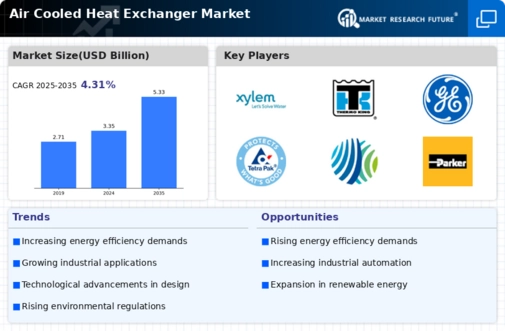

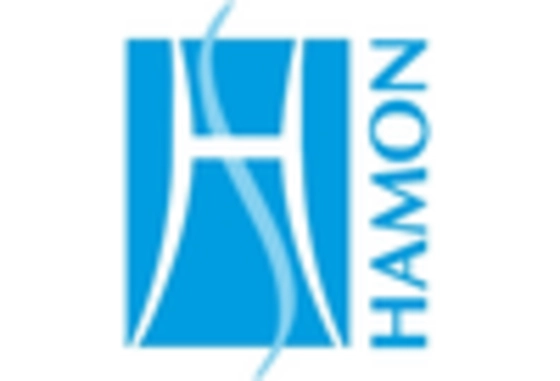
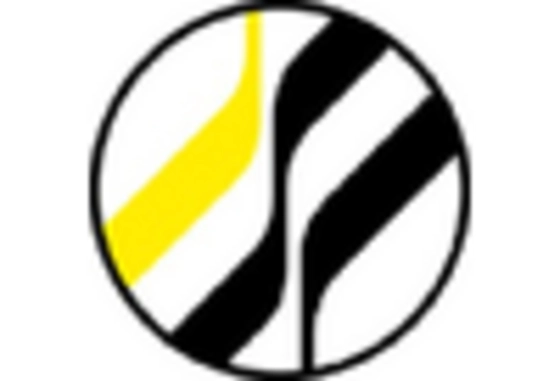
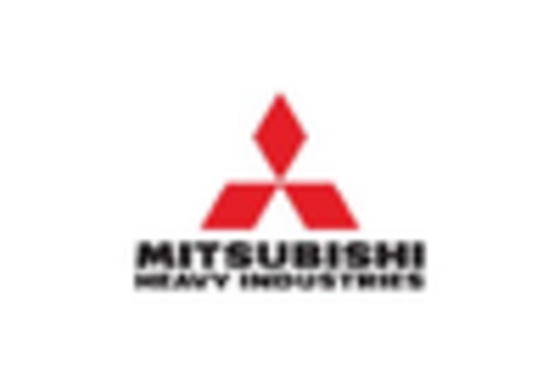
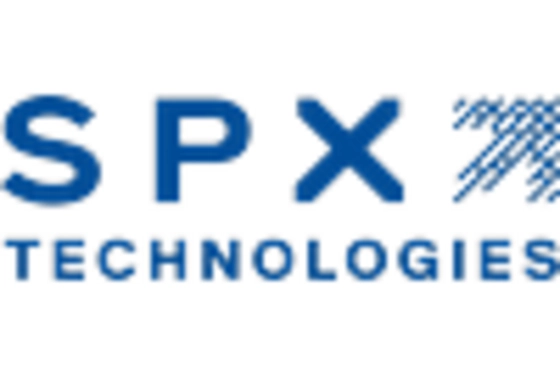
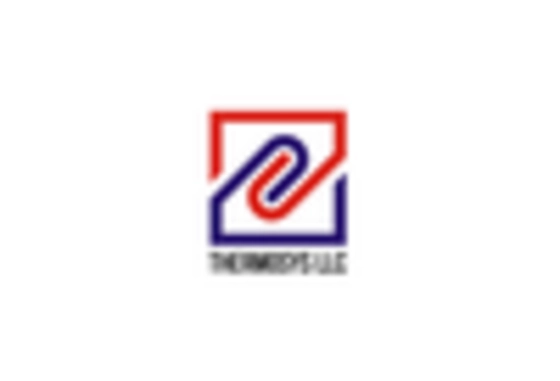








Leave a Comment